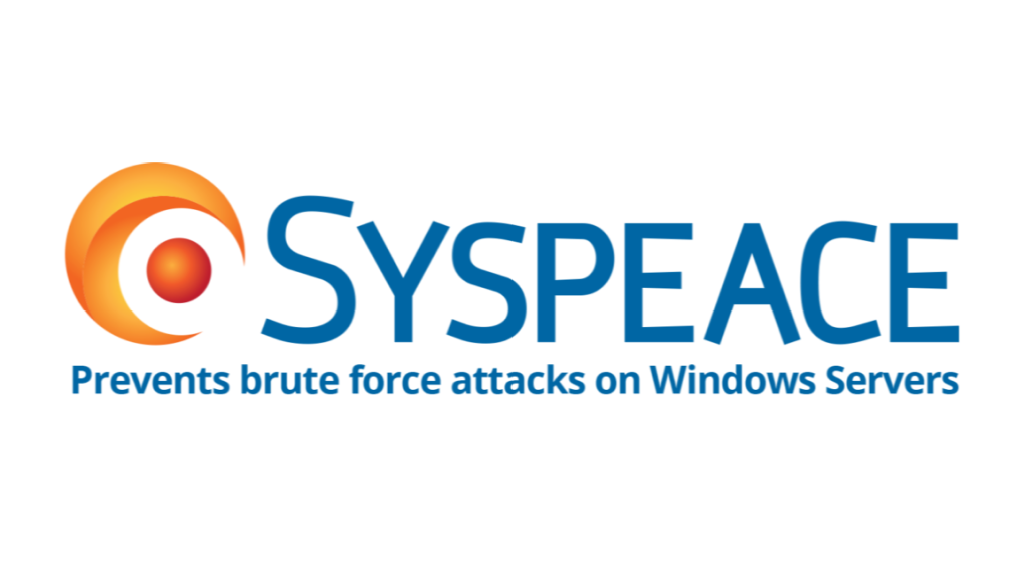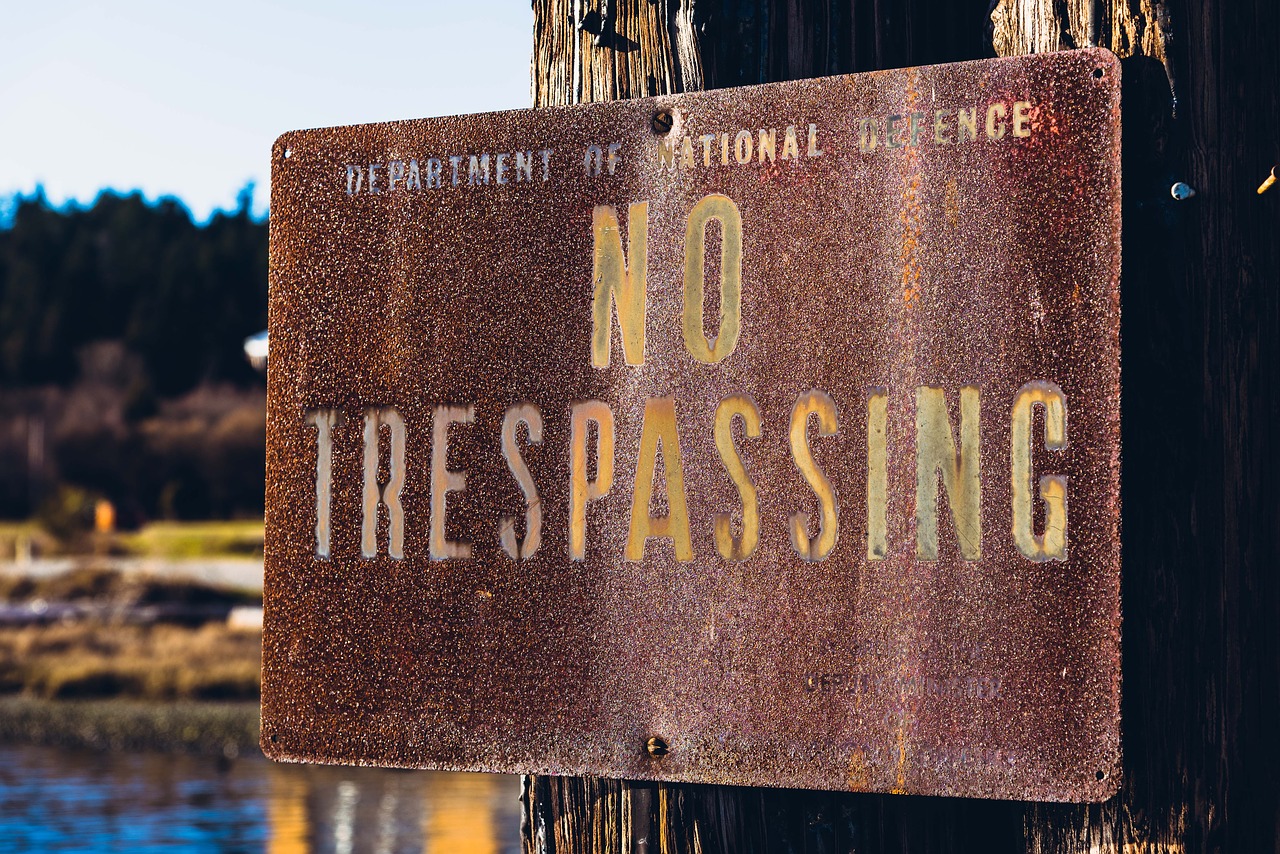Built-in intrusion prevention or HIPS – what is the best choice?
If you are managing a server and host various applications and services all of them are reachable for your users and customers. Quite often, they are also reachable for others – with malicious intent – wanting to gain access. To be cost effective, you could be using a Terminal Server (or Remote desktop Server) […]









